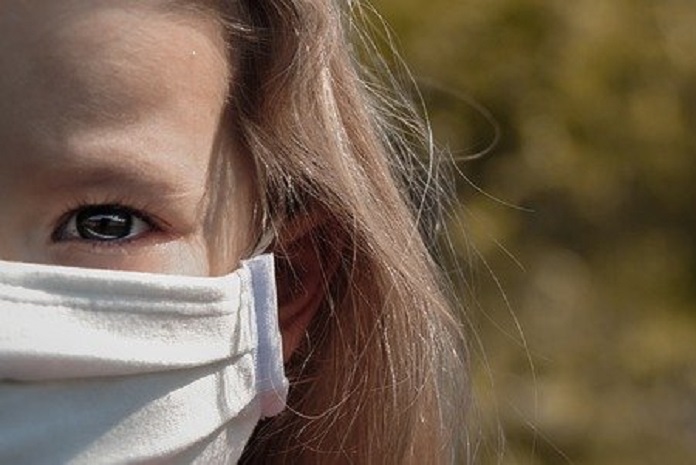New study examines whether the SARS-CoV-2 coronavirus is spread in schools.
The global SARS-CoV-2 pandemic has drastically altered the way of life in most countries. With a vaccine still likely to be many months away from widespread availability, focus has shifted towards how we can live with the virus. One of the more challenging areas in this respect is educational settings. While many university courses can be delivered largely online, educational settings for younger students are less suited to remote or online teaching. As a result, understanding the risks of SARS-CoV-2 SPREAD in schools is vital to protecting both students and teachers on an ongoing basis. A study recently published in The Lancet Child & Adolescent Health explores transmission in Australian educational settings during the early months of the pandemic (1).
The study monitored schools and early childhood and education (ECEC) facilities in New South Wales, Australia. A total of 3,103 schools and 4,600 ECECs were included. Monitoring for index cases in these settings spanned from January 25th until April 9th 2020. In total, this included over 140,000 staff and over 1.2 million students. Distance learning was recommended for all students from March 22nd until the end of term on April 9th.
Primary cases were defined as the initial infectious case(s) in that setting. A secondary case was defined as one where the transmission was likely to have occurred in that setting. All close contacts with a confirmed case were advised to quarantine at home for 14 days. During this period they were frequently monitored by telephone and testing was arranged if symptoms developed. When a case was detected, the school or ECEC was closed immediately but only temporarily and usually reopened within 48 hours.
During the study period, there were a total of 41 cases within a school or ECEC. Of these, 19 occurred in children under the age of 18, and 12 of those were primary cases. Similarly, 22 occurred in adults, and 15 of these were primary cases. Notably, the first case in an educational setting did not occur until March 5th. For comparison, up to May 1st, New South Wales had a total of 3,033 confirmed cases. Of this total, 97 were in children. Therefore, approximately one in five paediatric cases attended an educational setting while infectious. The majority of the remaining cases in children were associated with household settings.
This study has important implications for ongoing education in the COVID-19 era. The decision to encourage remote learning from March 23rd onwards was reflected in a steep decline in school attendance rates and a corresponding elimination of cases associated with primary and secondary school settings. This highlights the clear beneficial impact of remote learning on curbing the spread of SARS-CoV-2.
However, this is not a viable long-term solution. Instead, this study also demonstrates how effective detection and contact tracing procedures can allow the resumption of in-person school activities. In total, 25 school or ECEC settings had a confirmed case detected, yet secondary transmission occurred in only four of these settings. It also highlights that improvements can be made in preventing transmission among staff. Although staff members made up only 10% of school attendees, they accounted for more than 50% of cases in educational settings.
Improving protective measures for staff, coupled with effective tracking and tracing procedures, may allow the return of normal schooling practices while minimising the risk of COVID-19 transmission. However, it is important to note that this research took place in a location with a low level of SARS-CoV-2 in the community. Further research is needed before these findings can be adapted to other settings where the incidence rate is substantially higher.
Written by Michael McCarthy
1. Macartney K, Quinn HE, Pillsbury AJ, Koirala A, Deng L, Winkler N, et al. Transmission of SARS-CoV-2 in Australian educational settings: a prospective cohort study. The Lancet Child & Adolescent Health.
Image by pedro_wroclaw from Pixabay



